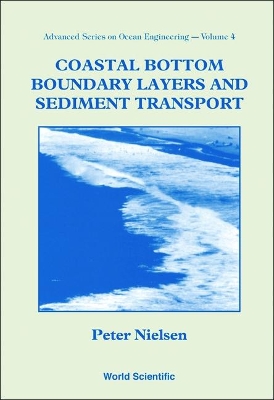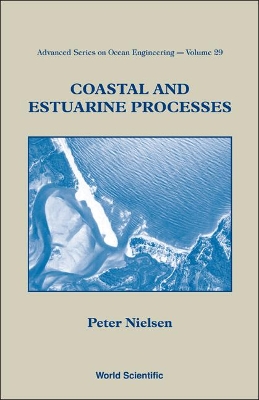Advanced Series On Ocean Engineering
2 primary works
Book 4
This book is intended as a useful handbook for professionals and researchers in the areas of Physical Oceanography, Marine Geology, Coastal Geomorphology and Coastal Engineering and as a text for graduate students in these fields. With its emphasis on boundary layer flow and basic sediment transport modelling, it is meant to help fill the gap between general hydrodynamic texts and descriptive texts on marine and coastal sedimentary processes. The book commences with a review of coastal bottom boundary layer flows including the boundary layer interaction between waves and steady currents. The concept of eddy viscosity for these flows is discussed in depth because of its relation to sediment diffusivity. The quasi-steady processes of sediment transport over flat beds are discussed. Small scale coastal bedforms and the corresponding hydraulic roughness are described. The motion of suspended sand particles is studied in detail with emphasis on the possible suspension maintaining mechanisms in coastal flows. Sediment pickup functions are provided for unsteady flows. A new combined convection-diffusion model is provided for suspended sediment distributions. Different methods of sediment transport model building are presented together with some classical models.
Book 29
This book covers water waves, surf zone hydrodynamics, tides in oceans and estuaries, storm surges, estuarine mixing, basic sediment transport, coastal morphodynamics and coastal groundwater dynamics.It is an introductory treatment, suitable for a first course in coastal and estuarine processes for earth scientists or engineers. Yet, there are substantial amounts of new material that are included, such as the explicit, analytical treatment of transient, forced long waves. Inclusion of this material will in turn strongly enhance the introductory treatment of tsunami, storm surges and surf beat.The treatment of sine wave theory emphasizes expressions which are explicit in the water depth h (using koh instead of kh) so that they can easily be differentiated or integrated with respect to h. This is a major pedagogical advantage because of the enhanced transparency.The treatment of turbulent mixing includes finite mixing length effects which provide an explanation for differential diffusion of different sediment sizes in suspension. The effects of acceleration skewness and boundary layer streaming are also included in the basic sediment transport models.The inclusion of beach groundwater dynamics - including the mechanisms by which waves as well as tides drive groundwater motion - provides a link between the previously unconnected fields of coastal hydraulics and regional groundwater modeling.Serving as a good reference book, it is fully indexed and comprehensively cross referenced. Abundant references to more detailed texts are also provided.

